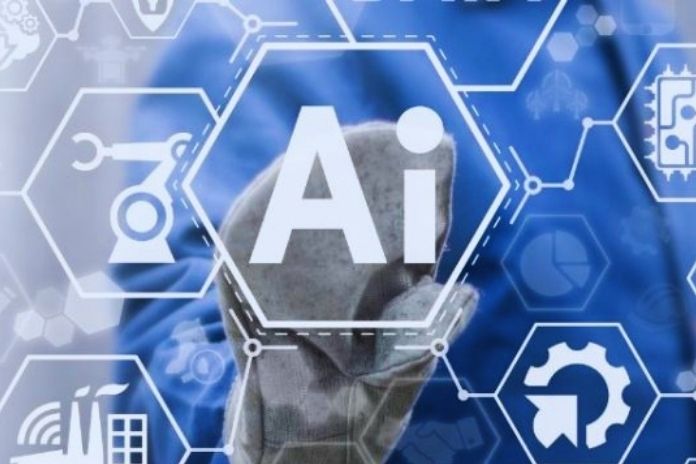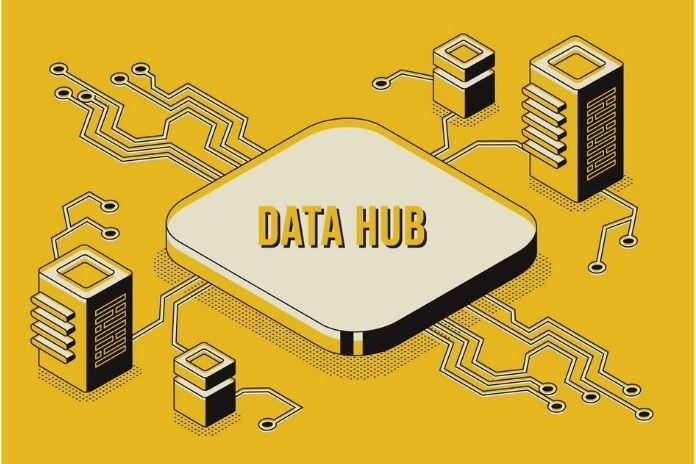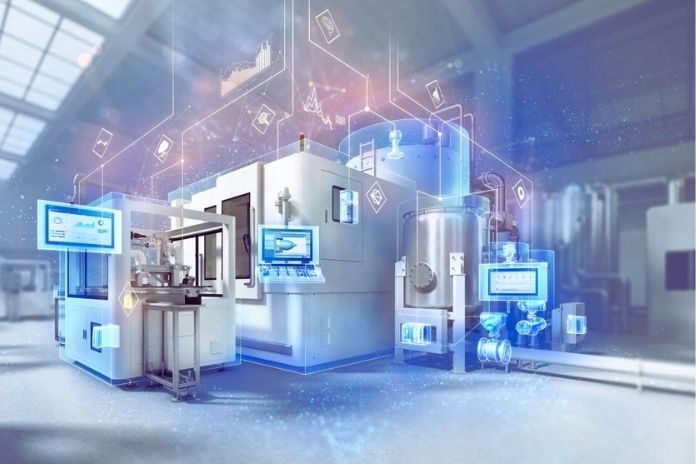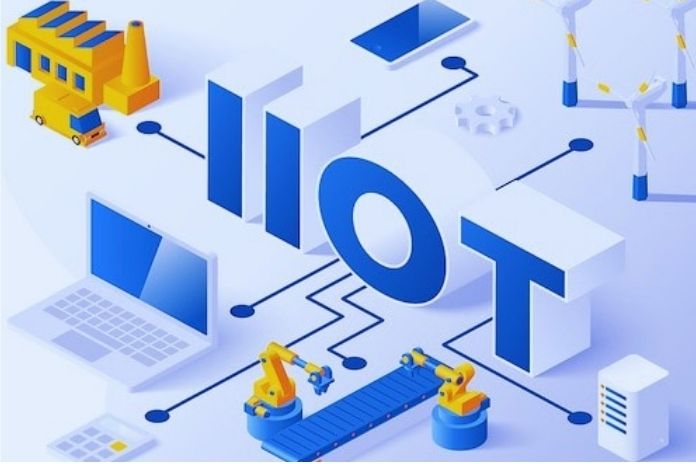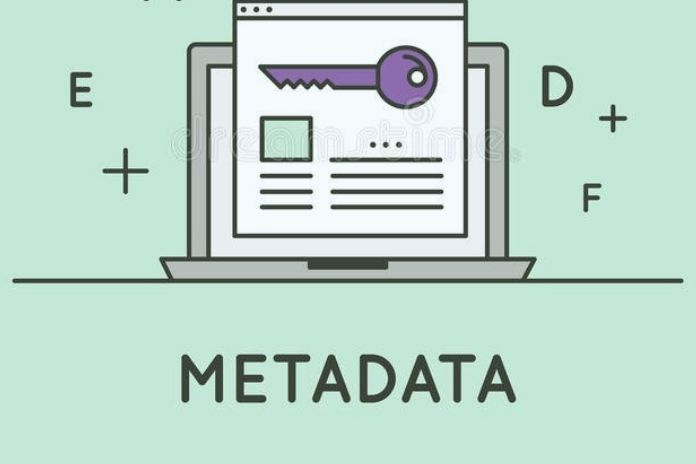To maintain and expand customer relationships, most companies use customer relationship management (CRM) systems. But many are not yet using the full potential of their data to understand and use the needs of their customers ideally. AI helps here, even on a tight budget, to be more successful.
After more than a year in the pandemic, we can say without a doubt that the past year presented us with new and unexpected challenges in both private and professional areas. And not least because of these changes, the demands on customer service are also increasing sharply. Companies currently have to work particularly hard to maintain a good relationship with their customers even during the pandemic. To support and expand customer relationship, the majority of companies use CRM systems for customer relationship management.
These programs often come with the promise of providing a uniform solution that combines data, insights and analyzes and puts the customer at the centre of corporate goals – and thus secures corporate success in the long term. But this promise of performance is not always kept by a long way. This is shown by a look at a recent Forrester survey, which reveals that over half of users are disappointed with their CRM systems after only two years due to poor data quality.
Customer Relationship Management: Breaking Down Data Silos, Enabling Increases In Efficiency
This dissatisfaction is primarily due to user-unfriendly tools or complex multi-stack solutions that impede efficient work. They often lead to data silos, i.e. to individual storage locations of information that do not allow joint evaluation. Many companies are still a long way from exploiting the full potential of the available data and miss the opportunity to get to know and use the needs of their customers.
Small and medium-sized companies, in particular, are increasingly using older legacy CRM or CRM-1-0 solutions, which meanwhile require at least considerable adjustment and integration work to meet today’s requirements. CRM 2.0 solutions, on the other hand, have been developed from scratch and have an integrated data platform that enables companies to access a standardized and normalized data set across the various touchpoints. This alone dramatically increases user-friendliness. In addition, through AI, customer relationships can be expanded and improved with limited know-how and budget. Before doing this, however, it is imperative to look at which specific added value should be achieved through AI.
AI In Customer Relationship Management – Opportunities And Advantages
All Information Is Equally Important
The basis for meaningful use is primary data. To offer an improved customer experience, the first thing to understand is that no individual data points are more important than the others. According to the principle: the whole is greater than the sum of its parts. In analysis, it is essential to bring all the information together in a common data platform. This allows data scientists to focus on identifying which data is responsible for which results.
Once this is understood, companies will realize that it is fascinating to collect additional data from customers, explaining, for example, why they took a particular action like opening an email or clicking a button.
ALSO READ: How Companies Can Set Up Their IT Infrastructure To Be Future-Proof
Accurate Predictions And Recommendations
To create forecasts and better understand customer behaviour, AI-supported CRMs must be trained with relevant data. Based on this training data, recommendations can be made on how businesses can best be driven forward. If, for example, a company suddenly loses a whole series of customers for no apparent reason, artificial intelligence can search for specific schemes that connect these customers by analyzing data. In this way, even complex causes of problems can be identified and remedied. Based on intelligent predictions of what customers will expect in the future, the sales team, for example, can plan its measures more effectively.
Better Scalability Through AI
Scalability is increasingly becoming a challenge for medium-sized businesses because more customers also mean more data records at the same time. Artificial intelligence can help analyze business metrics across the customer cycle and identify and uncover anomalies that would otherwise go unnoticed. Artificial intelligence can help identify and analyze suboptimal customer journeys and recommend corrections concerning content, timing, or frequency of contacts.
This basis enables better, fact-based decisions, and the building feel gives way to solid prognoses. In addition, employees are encouraged to acquire customers more efficiently, take better care of them and thus bind them to the company in the long term.
Last but not least, intelligent algorithms can increase the satisfaction of the users of CRM systems.
Customer Relationship Management – The Three Stages Of CRM Implementation
Analysis Of Needs
Before the preparatory phase for the introduction of a new CRM system, the status quo is determined. From this, the required range of functions of the new system is determined. Specifically: where are new leads generated? How are these qualified and enriched? And under what conditions is a qualified lead handed over to sales as an opportunity? This primary research helps to define the functional scope of the new system.
Preparatory Phase
The introduction of a new CRM system should not be underestimated. It is therefore essential to take enough time and develop a concrete implementation plan. It is also advisable to test different providers to test the defined range of functions in different environments.
Implementation
To use the full potential of the new CRM system, it is essential not to forget to train employees accordingly. Even if the systems are exceptionally user-friendly, there is no avoiding employee training. In this way, old processes can be revised, and the acceptance of the new system among employees can be increased.
ALSO READ: Edge Artificial Intelligence: When Is It Worthy For Your IoT Projects?


